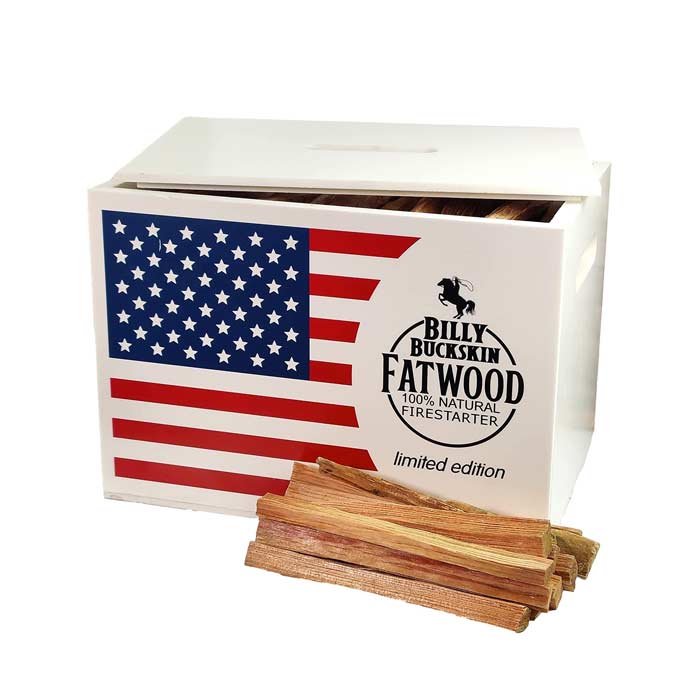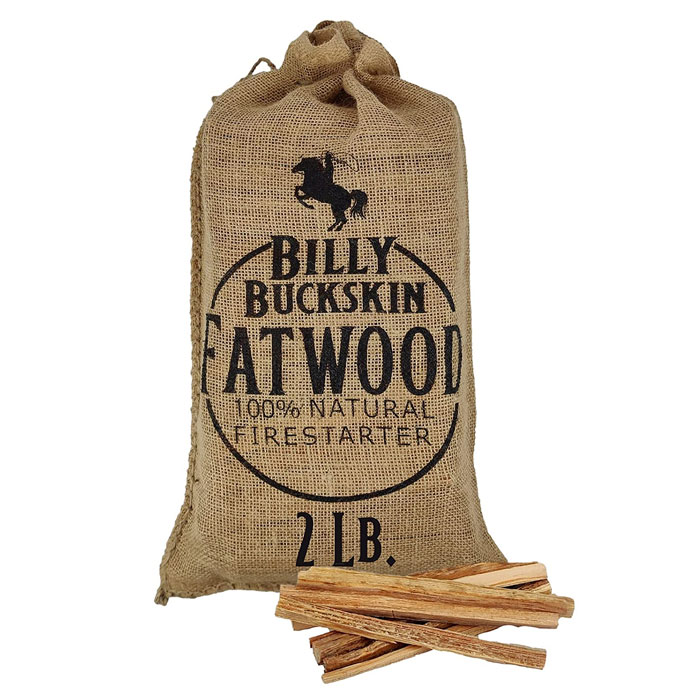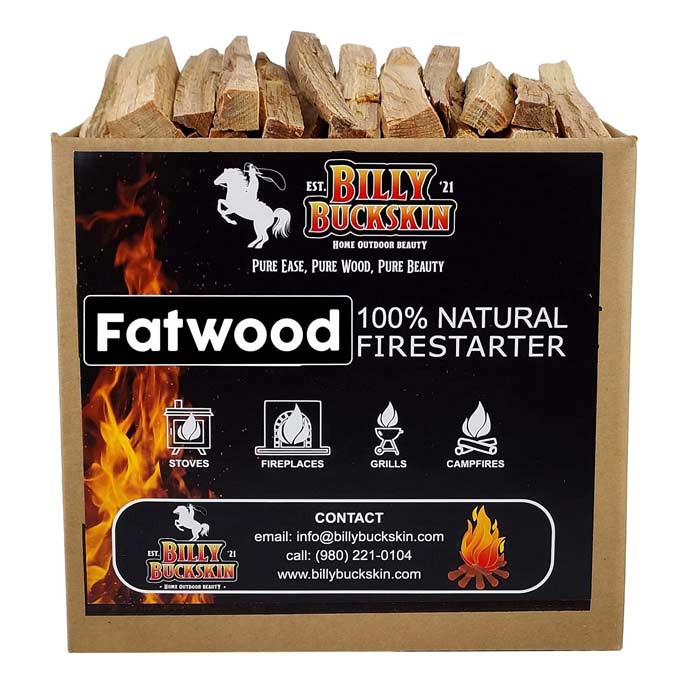This all-natural poultry dust bath is specially designed to help your chickens maintain healthy feathers, and it comes in a durable tub with a screw cap for easy storage and...Read More
How does fatwood compare to other fire starting methods?
Man has been creating fire for a very, very long time so by now there are many different ways to get your fire going – both naturally and by means of chemicals. However, the use of fatwood for firestarting is fast becoming the method of choice for many people across the globe, and for good reason! Not only is fatwood incredibly easy to use and fail-safe, but it is also naturally produced, environmentally friendly, burns clean, and it is waterproof!
Here we compare the use of fatwood to a few other common fire starting methods.

How does fatwood compare to normal kindling?
The main problem with conventional kindling is that it does not withstand water. Ever tried starting a fire with damp kindling? It’s just not going to happen. In comparison, fatwood is actually water resistant so it will light quickly even when it is wet and in any weather conditions. This is due to the high concentration of naturally occurring resin within the fatwood that other kindling does not have. This resin is highly flammable, waterproof and non-toxic and the reason fatwood burns so easily.
Because of the waterproof properties, fatwood is much less tricky to store compared to other kindling as it can be kept in partial shelter and damp conditions without becoming compromised.
Due to the resin content, fatwood burns very hot and maintains a sustained flame for longer. Because of this, it holds up much better to wind compared to other kindling options where your flame can be quite temperamental.
How does fatwood compare to chemical firestarters?
Chemical firestarters and lighter fluids might seem like an equally effective option to get a fire going quickly, but they fall short in various ways from an environmental and health perspective. Chemical fire starters are just that…chemicals. The solid fuel composition of these products makes them highly toxic, releasing noxious fumes into the environment and the air around you while it burns. These fumes can cause headaches and nausea very quickly when breathed in. This is especially true when used indoors.
Chemical firestarter’s are hazardous to children and pets, and need to be well out of reach at all times.
Fatwood on the other hand is completely eco-friendly and organic, made highly flammable by the naturally produced resin within the wood. When burnt, the smoke released is non-toxic and smells pleasant and natural. Chemical firestarters can release terribly unpleasant odors!
How does fatwood compare to balls of newspaper?
We have all done it…rolling up balls and balls of newspaper to try and start our fireplace, only to have it burn out over and over again. If we are lucky, we may actually get it going before we run out of our old supply and have to resort to rolling up this weeks paper even though we haven’t even read it yet!
It’s frustrating and impractical and although a common practice, newspaper is not designed to burn. It crumbles easily and fails to maintain a steady and hot enough flame to ignite the rest of our firewood before it burns out. It also creates a lot of loose flying ash when burned, which can easily irritate the lungs and eyes.
Fatwood on the other hand works almost every single time. It only takes as little as 2 fatwood sticks and a match to start a fire. It burns extremely hot and for much longer than a ball of newspaper does. Provided you have decent firewood and have stacked it correctly to allow for sufficient airflow and contact, your burning fatwood will quickly ignite the rest of wood.
Fatwood also does not disintegrate and fly around dangerously while it burns and doesn’t produce nearly as much ash as newspaper does.
How does fatwood compare to magnesium blocks?
Simply put, successfully starting a fire by sparking magnesium blocks is challenging. It takes some skill. Anybody can use fatwood though! No practice, effort or skill is required to get a flame going.
Sparking magnesium is a skill and improper use can be dangerous when attempted by someone who is not familiar with the art. When the metal burns, it is extremely hot and can be almost impossible to put out, so you don’t want to be caught with a wild fire on your hands.
Many magnesium blocks are cheaply made and make the process even more challenging as they can take a long time to catch, requiring quite a lot of energy.
Fatwood is just hands down the easier and more efficient option between the 2 options for anyone looking to start a fire at home or in a hurry. Fatwood ignites with a match very quickly and without effort – if you can light a match, you can light your fatwood. Unlike when using magnesium blocks, when you use fatwood you don’t require any other kindling or lighter fluid to start a blazing fire.
Stock up on fatwood. Buy online with free shipping!
Accessories ideal for use with your fatwood
Read more posts from the blog
Apart from being perfect for storing fatwood, our wood storage crates can be used for just about anything around the home. Made with comfortable handles and a sliding lid, our...Read More
Man has been creating fire for a very very long time, so by now there are many different ways to get your fire going – both naturally and by means...Read More





















